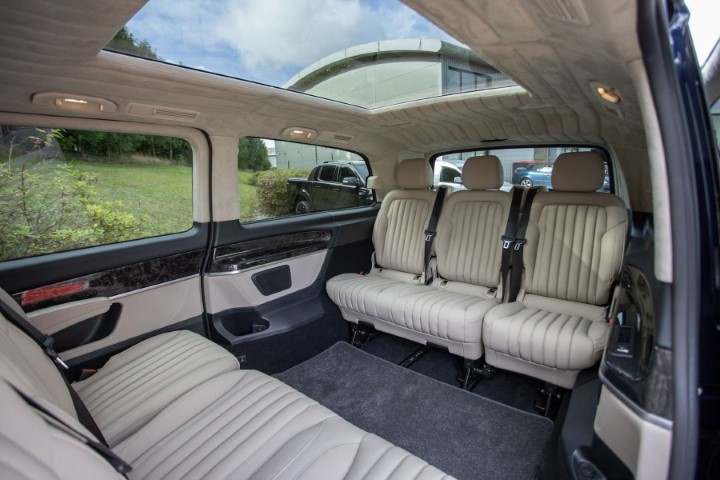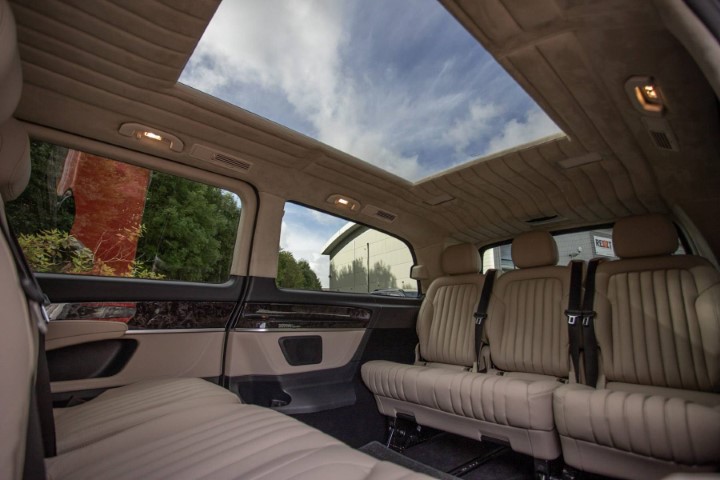 It’s certainly true that there are a wide variety of stock vehicles out there to choose from already. The problem is, all of those are designed to cater to as wide a range of preferences as possible, meaning you’ll never find something that’s perfectly designed to your requirements. That’s where upfitting comes in; upfitters can take a base model, and then shape it into something that’s totally personalized for your needs. Let’s explore what that process looks like for people carriers.
It’s certainly true that there are a wide variety of stock vehicles out there to choose from already. The problem is, all of those are designed to cater to as wide a range of preferences as possible, meaning you’ll never find something that’s perfectly designed to your requirements. That’s where upfitting comes in; upfitters can take a base model, and then shape it into something that’s totally personalized for your needs. Let’s explore what that process looks like for people carriers.
Consultation
As with any personalisation process, upfitting a people carrier will typically start with a consultation. You’ll be able to outline your initial ideas to upfitter such as Senzati, who can then make further suggestions about what they think will work, and what might not work. During this stage, your ideas of what you’re creating will go from somewhat disconnected, abstract thoughts into something that you can really visualize, and that an upfitter feels confident they’ll be able to create.
Choosing a base vehicle
Once you know what kind of end product you’re trying to create, you can choose a base vehicle. It’s important to take your time with this decision – you want to get something that’s the right size, that has the right kind of performance, and that fits in your budget. It’s important not to try to scrimp and save here though; you’ll likely be putting a lot of money into the upfit, and you don’t want to find that your investment rests on shoddy foundations.
Finalizing your plan
Once you know what vehicle you’re going to be upfitting, your upfitter can work on creating a final plan, complete with renders and other visual aids. Once you’re both happy with the plan, they can then get started with the work.
Depending on the size of the company you go with, and the complexity of the upfit, it might take a bit of time – this isn’t really a process that can (or should) be rushed. They may need to source a wide range of materials and other items, depending on your specifications for the build, and will then have to fit all of those items into the vehicle to a high level of craftsmanship.
Safety considerations
It’s important that you keep safety in mind at all times. While you can’t really assess the safety of the vehicle yourself, you can take steps to ensure that the upfitter you’re using will do a good job. Check to see if they’re registered with the manufacturer of the base vehicle, to ensure that they aren’t voiding the warranty. You’ll also want to make sure that they submit the necessary legal documents to the DVLA, if they’re making any significant changes to the car.
This should have cleared up what the process will look like somewhat. Obviously, there will likely be a lot of other smaller steps and hiccups along the way, such as finding insurance and thinking about the color that you want to go with, but these outline the core steps involved in the process.










